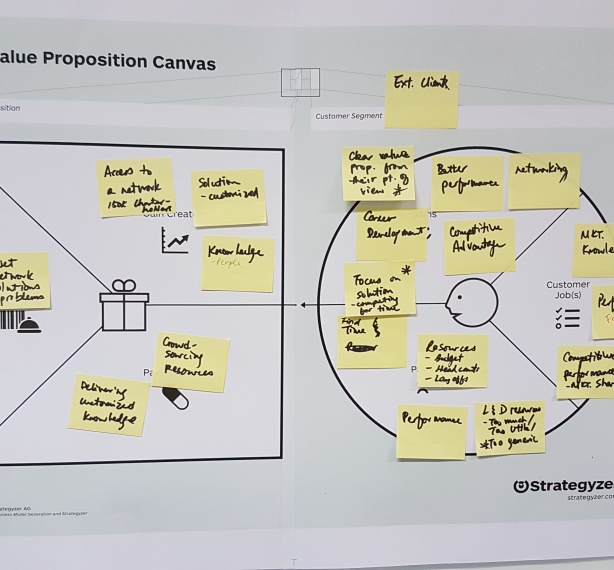Muddied oafs or deep design thinkers?
The sport of rugby was so called after the English public school where it was invented almost 200 years ago. The culprit was one William Webb Ellis, after whom the game’s premier tournament, the Rugby World Cup, is named. Although its origins are shrouded in myth and mystery, legend has it that the young Webb Ellis — ironically, a much better cricketer than he was footballer — transgressed the rough-and-ready rules of the school’s primitive form of football by picking the ball up and running with it. This was then accepted as an integral part of the game that came to be known as Rugby Football.
With time, lots of other major differences were established: in rugby, the ball — not round as in football but elliptical — can only be passed backwards or sideways, never forwards; the goal-posts are shaped like the letter H and the ball has to be kicked between the upper parts of them, even if it sails way above. This is worth three points, as opposed to the five points for a “try”, gained by placing the ball over the back line. The relative complexity of the game is probably what has kept it from becoming anywhere near as popular as football.
Irish playwright Oscar Wilde famously said that “rugby is a game for barbarians played by gentlemen, while football is a gentleman’s game played by barbarians”. He also opined that “rugby is a good occasion for keeping 30 bullies far from the centre of the city”. English comedian Peter Cook was even more scathing: “Rugby is a game for the mentally deficient, that is why it was invented by the British. Who else but an Englishman could invent an oval ball?”
What has all this got to do with Design Thinking? Well, it may be instructive to consider that one of the fastest-growing design trends today is something known as Scrum, which “encourages teams to learn through experiences, self-organise while working on a problem, and reflect on their wins and losses to continuously improve.”
It takes its name from the scrum, short for scrummage, in Rugby Union, which is a means of re-starting play after a minor infringement. It involves up to eight players from each team, known as the pack, binding together in three rows and interlocking with the opposing team’s forwards. The ball gets fed into the middle of the scrum towards the hooker, who tries to win possession by kicking backwards towards his team-mates, who then put all their force into trying to drive the scrum forwards.
Many neutral onlookers regard the scrum as a major hindrance to spectator enjoyment. Just when the game has begun to flow, with the backs forward-passing to each other in an exhilarating race to their opponents’ line prior to touching-down for a try, everything stops for a scrum. In the Design Thinking world, however, it is a key part of the process, a pause to reflect on progress made and consider how best to continue. It brings order to the otherwise chaotic interaction of creative minds all looking for answers.
This is just one of the apparent anomalies between making comparisons of Design Thinking with the rough-and-tumble game of rugby. In fact, despite appearances to the contrary for the uninitiated, rugby is one of the most tactically challenging games there is, with infinite variations in strategy both in coaching and impromptu decision-making on the field. Those men with their crunching tackles and insouciant attitude to injury are actually among sport’s foremost intellectuals when it comes to knowing how to combine to achieve victory. Which is what makes the similarities with a large design studio, attempting to integrate all manner of experts into a cohesive team, such a winning analogy.
Others

Latest News | 1 March 2019
Celebrating nearly 150 years of denim culture

Latest News | 1 March 2019
Studio Interview - Perceptual Thinkers

Latest News | 1 March 2019
Studio Interview - Oppenheim Architecture

Latest News | 1 March 2019
Studio Interview - Way Studio

Latest News | 1 March 2019
Studio Interview - Layer

Latest News | 1 March 2019
Governments opting for practice over theory

Latest News | 1 March 2019
Master Thinker on Tech X Design: Bernard Suen

Latest News | 1 March 2019
Master Thinker on Architecture X Design: Aaron Tan

Latest News | 1 March 2019
Master Thinker on Consultancy X Design: Iva Sladic Keco
